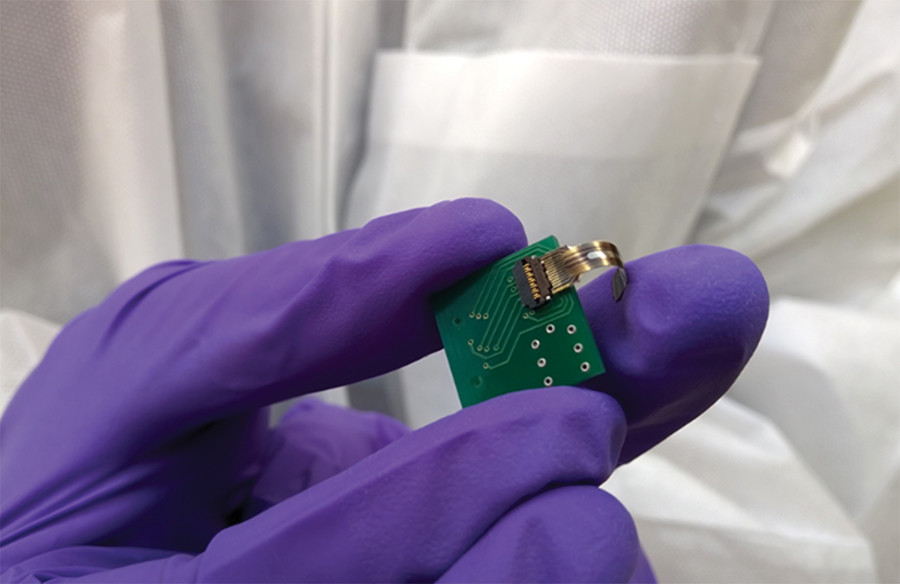San Diego State researchers are part of an effort to help paralyzed people regain mobility with a microchip installed in the brain.
SDSU is part of the National Science Foundation-funded Center for Sensorimotor Neural Engineering, along with University of Washington and Massachusetts Institute of Technology.
“(CSNE) focused on developing a unified framework for helping paralyzed people, specifically people with spinal cord injury, to restore their sensorimotor functions based on some implementable devices we develop as a center, as a whole,” said Ke Huang, assistant professor of electrical and computer engineering.
“I hope that this can provide a nice opportunity for researchers, educators, and our whole community,” Huang said. “This would be a good start for us to develop new courses, develop new research and attract students.”
Professors and researchers across a variety of disciplines at SDSU are working together to develop the technology. These fields include the mechanical, electrical and computer engineering departments.
“There are many scientists from different disciplines working in the center,” said Ashkan Ashrafi, associate professor of electrical and computer engineering. “We have neuroscientists, we have material engineers, we have software engineers.”
Ashrafi said his role in the research is to interpret brain signals.
“The brain is a very, very complicated device and interpreting by recording the signals from the brain is not easy,” he said. “If I can explain the problem in a nutshell, you have millions of neurons firing and every single neuron is responsible for a certain motor task, and what we capture is just one signal or a certain number of signals that represent the activities of millions and millions of neurons.”
His role is one of the many disciplines and researchers involved in CSNE across the three campuses. There is student involvement in the research, as well.
“SDSU engineering students are also building CSNE projects for their senior design experience, some of which are destined for research and clinical application,” said Dr. Karen May-Newman, professor in the department of mechanical engineering.
Bioengineering graduate student Maria Vomero has worked on the project through her research and master’s thesis for two and a half years.
She, along with SDSU CSNE Deputy Director Sam Kassegne, and her colleague Pieter van Niekerk, have contributed through their research on material being used for the brain chip.
“We are currently at the level of (implanting the device) into primates, such as the monkey, to see if we can actually provide the regaining of the motion,” said Kee Moon, professor in the department of mechanical engineering.
The goal for the next five years is to provide stroke survivors, amputees and other people who could benefit the ability to do daily tasks, Ashrafi said.
“Hopefully, in the long run, we’ll be able to achieve bigger goals,” he said. “But right now, for the next five years, this is the goal. The most important thing is we want to have a single chip, not a complicated device, to be able to put it inside the brain of people.”







